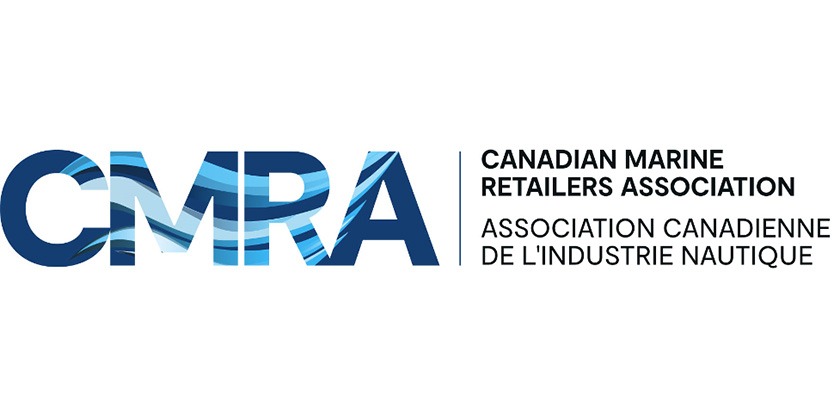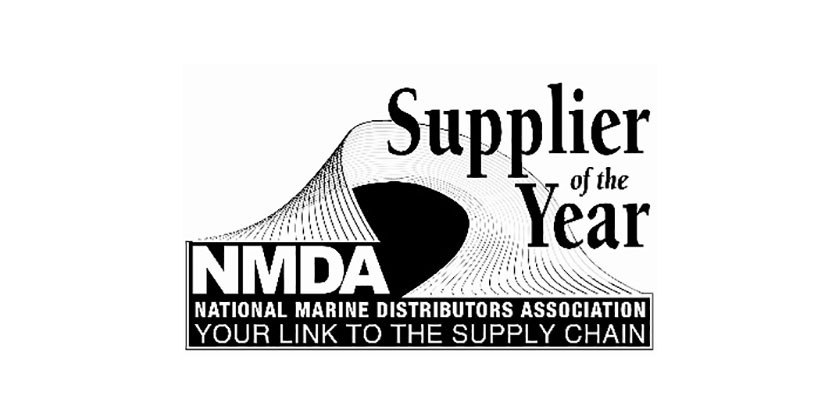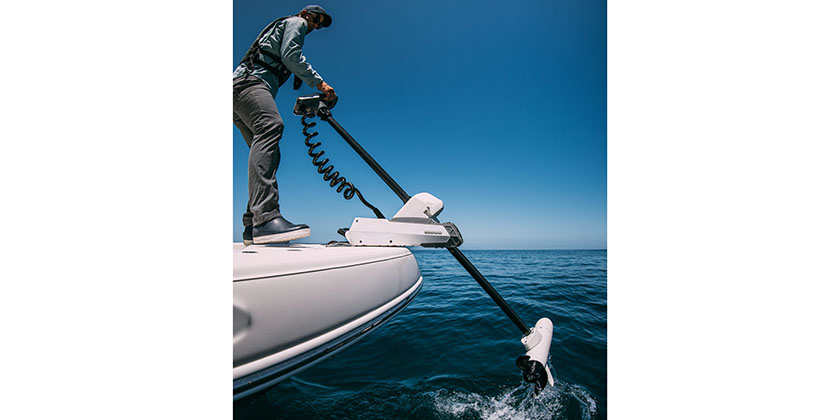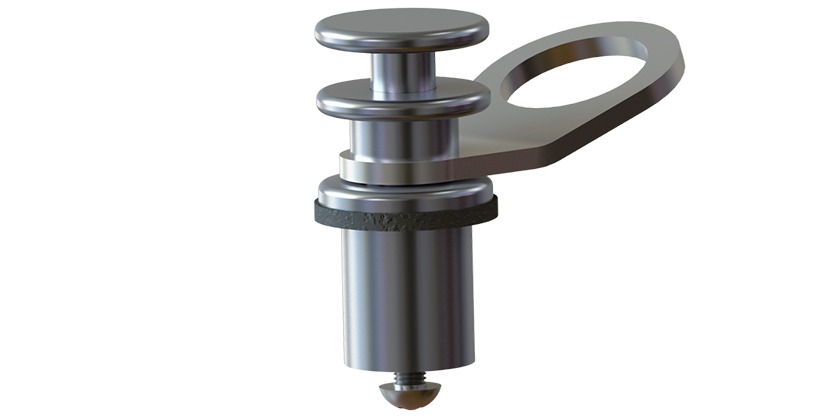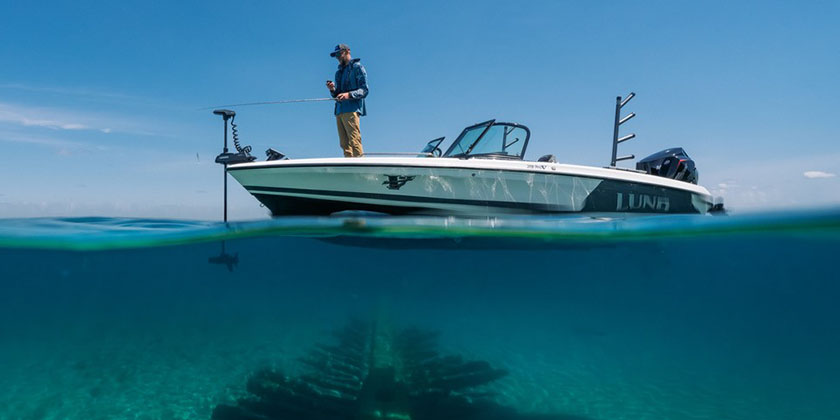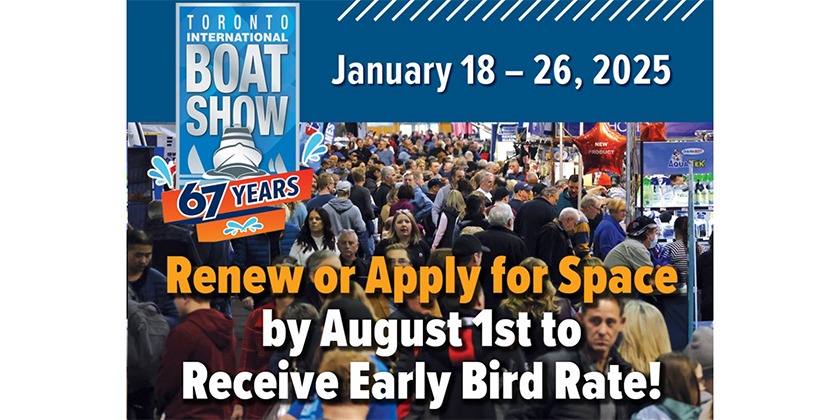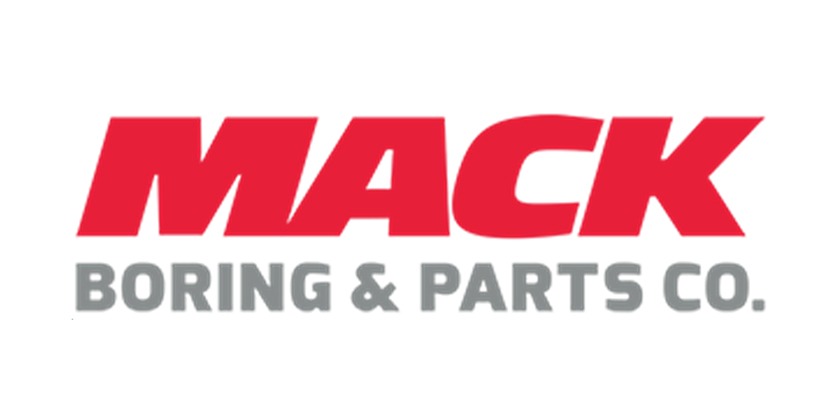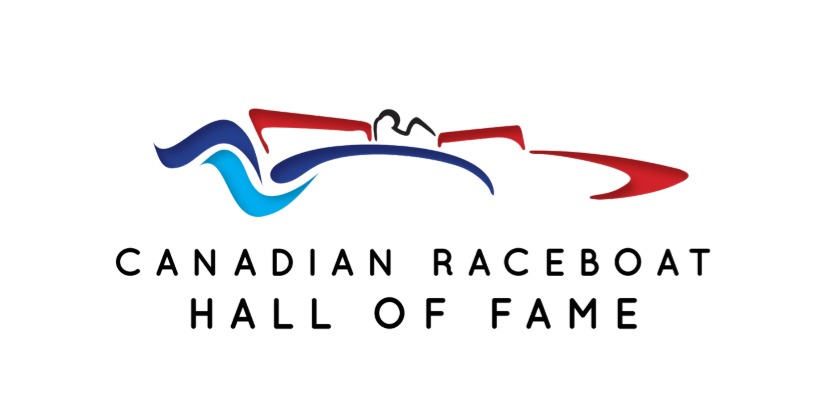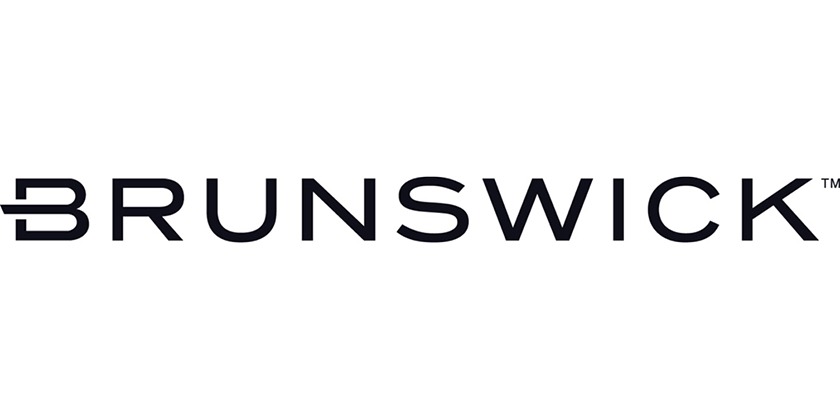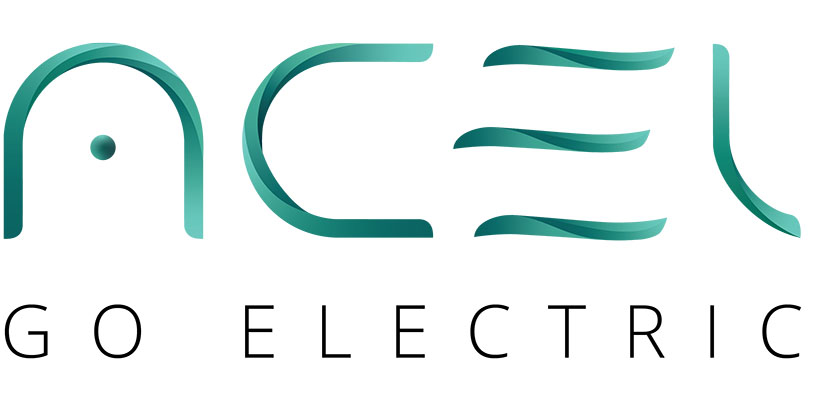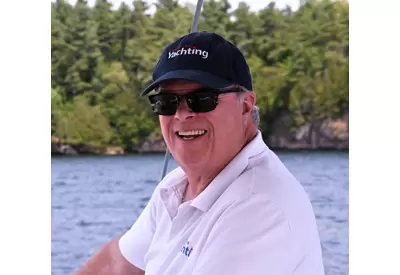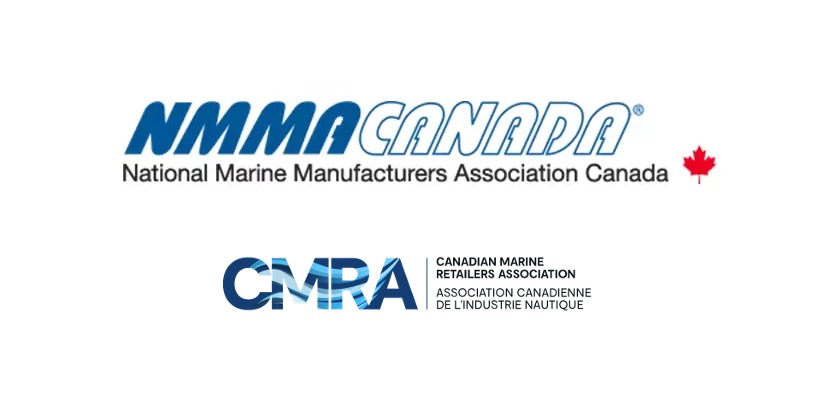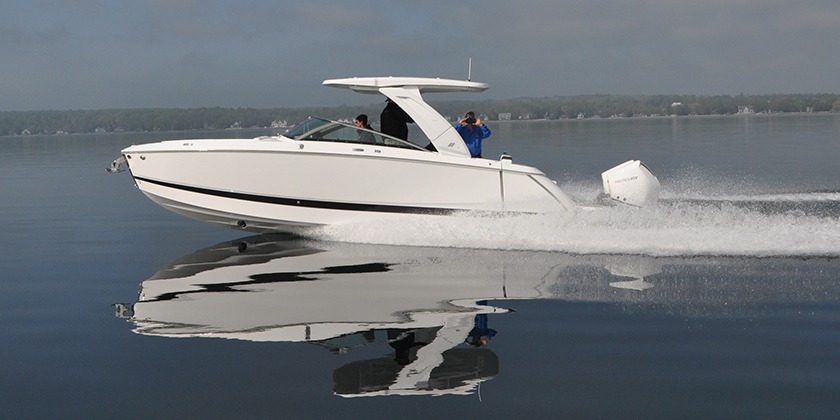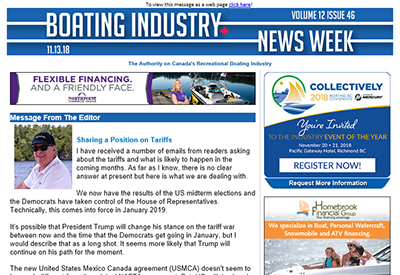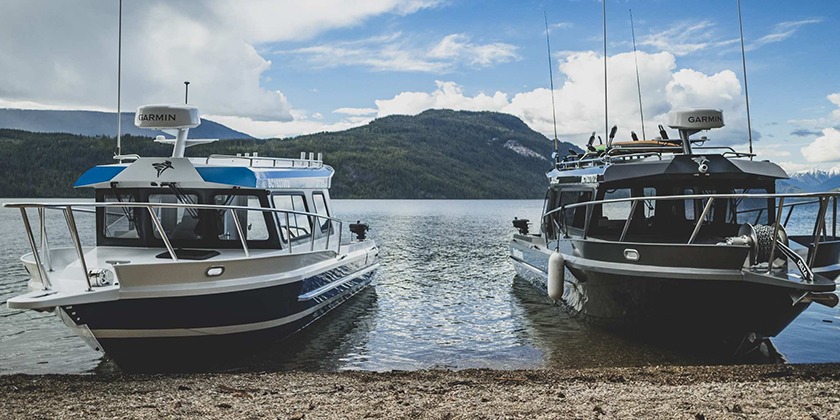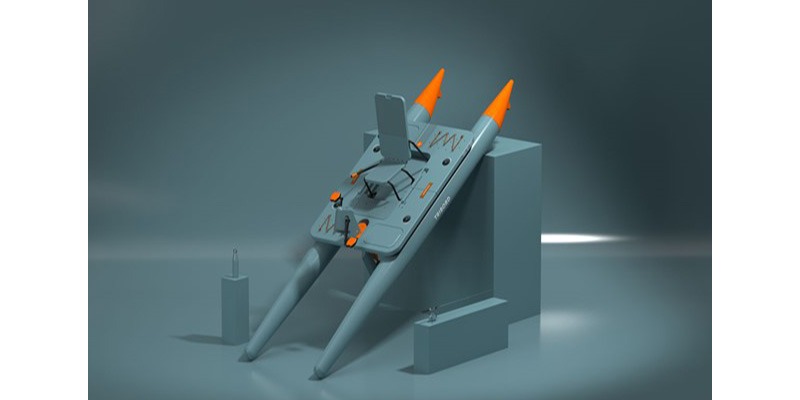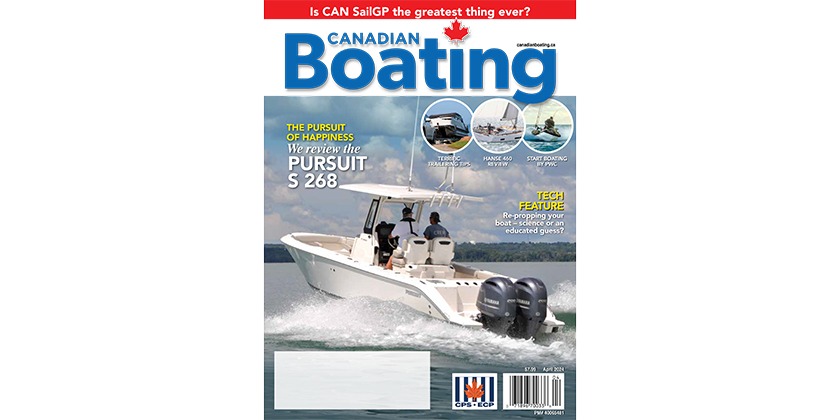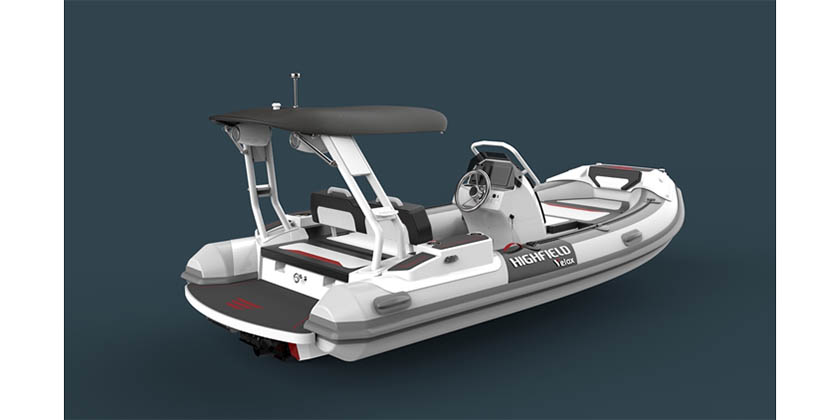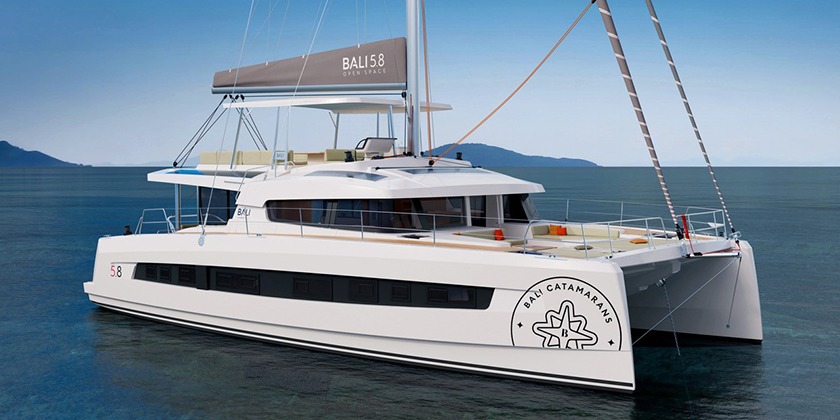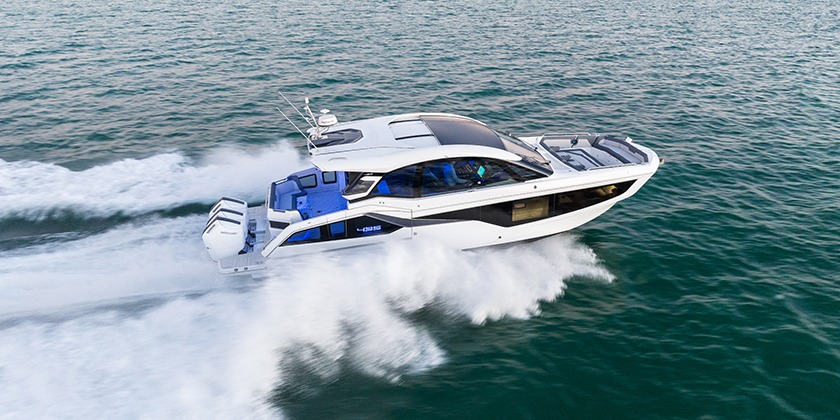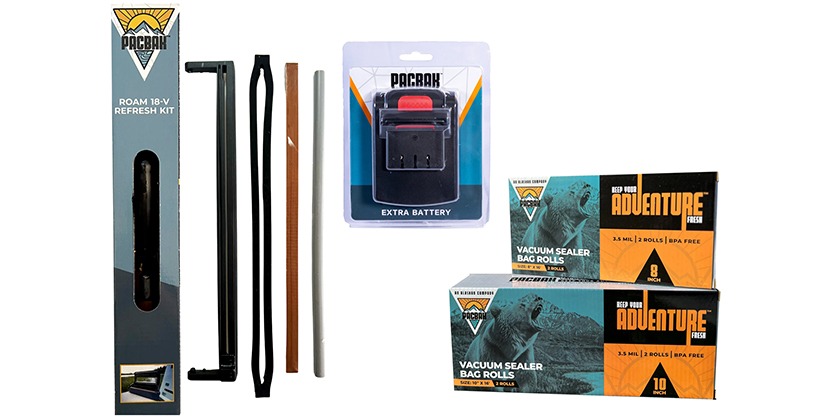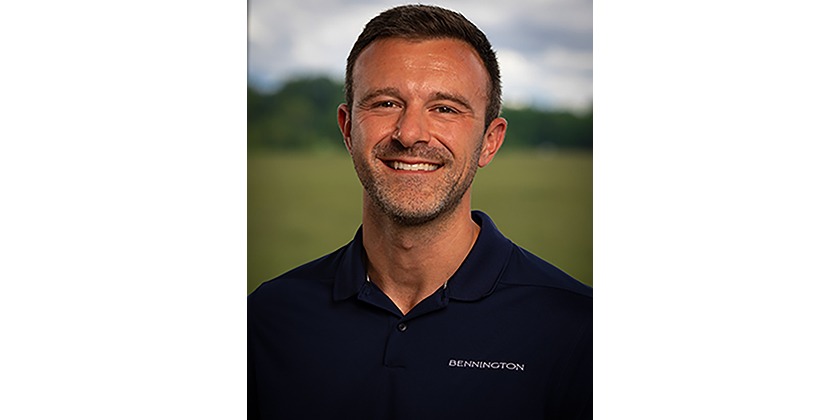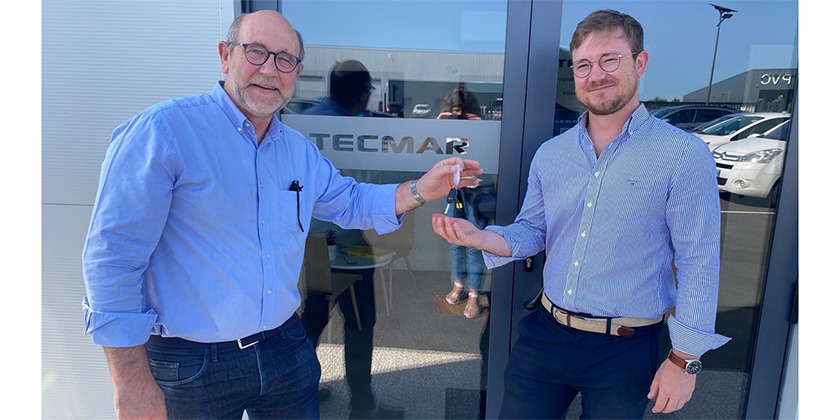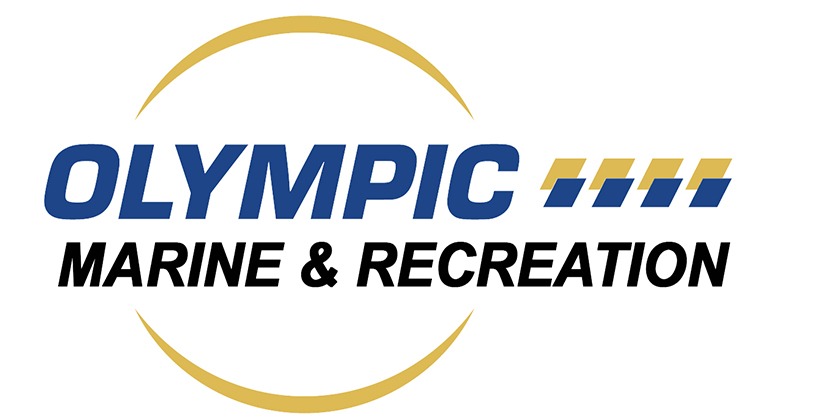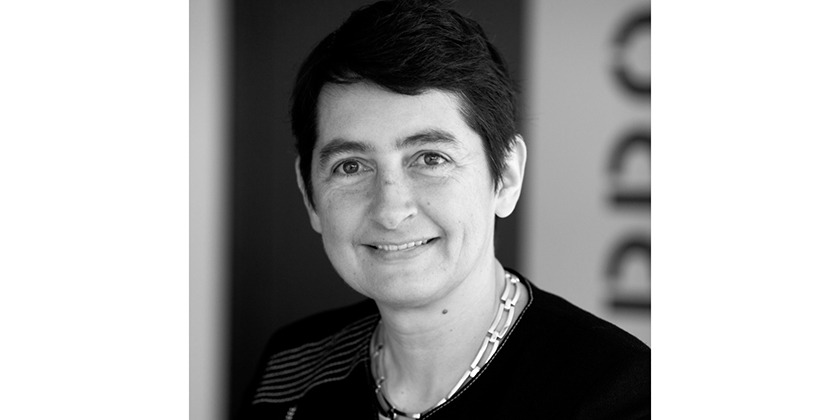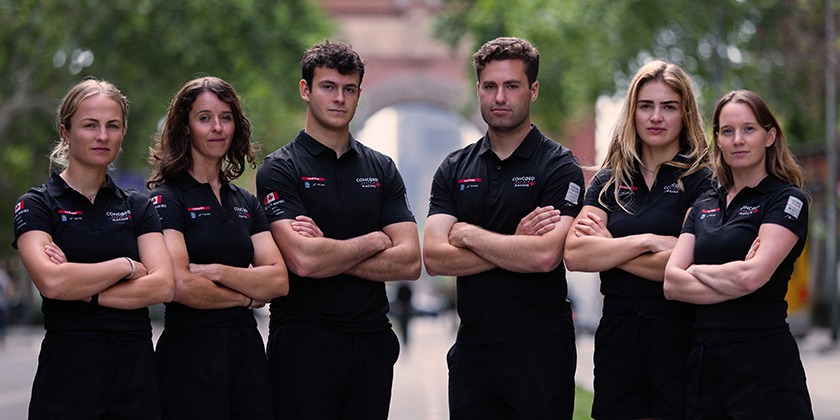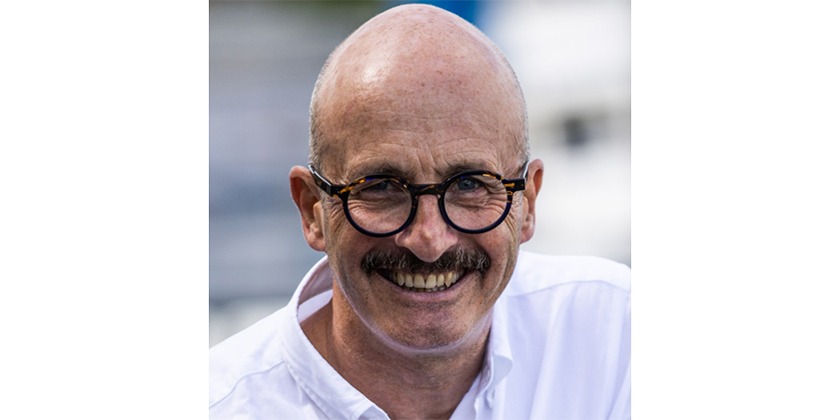Marine Industry Career Path: Kevin Stopp
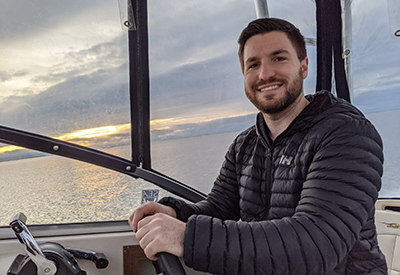
July 17, 2023
By Allegra Smith-Herriott
Introducing the next individual in our marine career path series, Kevin Stopp, Design Leader at Dometic. Kevin comes from an impressive engineering background with a strong passion for boating and has advanced through his time with Dometic. Here is Kevin’s interview.
Name: Kevin Stopp
School: University of British Columbia
Program: Mechanical Engineering
Graduating Year: 2017
Current Workplace: Dometic
What is your background in the marine industry? Tell us a bit about how you got into the marine industry.
My first steps into the marine industry started at Dometic, which was then called SeaStar Solutions, when I was a co-op student on a 4-month work term during my second year of my degree. I returned to Dometic for another 8-month work term before going back to school to finish my degree. Based on what I saw and experienced while there, I was hooked and wanted to return as a full-time engineer.
What was your post-secondary pathway and what made you choose that pathway?
The biggest influence in the engineering discipline was my dad, who is also a mechanical engineer. I can distinctly remember a project in high school where we were supposed to build a go-kart that we could weld together in class. I was the only one in class who showed up with detailed plans printed out after a few late-night AutoCAD sessions learning from my dad.
Aimed toward the engineering direction after high school, I had initially taken a first-year college transfer program into engineering but was also working part-time at a car dealership doing entry-level mechanic work to pay for my tuition. I was close to enrolling in the mechanic apprenticeship program, as I enjoyed working on vehicles, but realized over that year that engineering was still the right path for me.
What was your path after post-secondary and what are you currently doing now?
I was fortunate to receive a job offer from Dometic as soon as I finished my degree and began working right away. I started as a Product Designer and have more recently become a Design Leader within the Design Engineering Group at Dometic.
Did you receive any specific marine experience through your engineering program? Why did you choose the marine route in engineering?
My engineering program was broad and did not dive into any specifics of the marine industry. The marine route presented itself to me during my co-op placement at Dometic, where I was able to apply the engineering skills I’d learned to creating solutions for the marine industry.
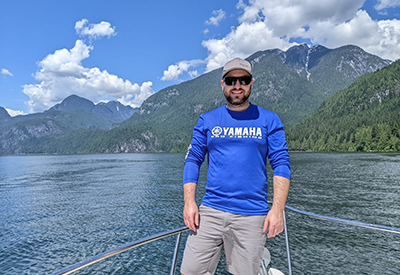
What does a typical day in the life look like for you as a Design Leader?
Each day looks very different depending on where we are in our project development schedule. Typically, I’m working with a two-year product launch cycle. At the beginning, there is a lot of research, concept selection and preliminary design to be completed. As we move towards production launch, I do design for manufacturing, supplier selection and development, product testing and validation.
Working within the design group, my time is usually split between product design using 3D CAD on the computer and assembling and testing prototypes in our lab and out in the field. After moving into the leader position, I’m now spending more of my time establishing the scope of our project tasks and working with my team. My favourite days at work are days spent out on the water testing the products that we make.
What have been some highlights in your career so far?
I was part of the team that launched the world’s first integrated electric steering actuator for the marine market. I was responsible for designing the integrated electromechanical brake that holds the actuator steady when unpowered. Our company and team won an award from the supplier for this product. In addition, this solution was honoured with an Innovation Award from the National Marine Manufacturers Association (NMMA).
What is one piece of advice you could give someone entering the marine industry?
I always tell new employees and co-op students that the best thing to do is try to absorb what you can from others around you. Many people in the marine industry have a depth of knowledge that you can’t get from reading a textbook.
What do you hope to accomplish in the marine industry?
I hope to be able to bring new technology into the marine industry, to lower the barrier to entry and make boating simple, easy and fun for everyone. This is our overall philosophy at Dometic; to enhance the boating experience for all while providing the boat building industry with the best possible solutions.
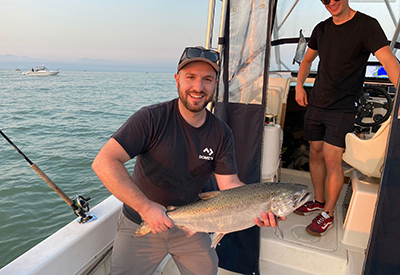
Are you a power boater, sailor, or both?
I am most definitely a power boater!
Your fondest/funniest memory out on the water?
I was fortunate that my university campus was located near a beautiful lake in the central Okanagan region of British Columbia, and I spent many weekends out on the water either water skiing, wakeboarding, or tubing. One weekend I was out on the water with a few friends, and we were trying out a new 3-person tube. It turns out that it was not rated for a combined weight of 600 pounds, as we completely destroyed the tube after powering through a good corner trying to shake each other off. It was a real-life lesson in destructive testing.
Allegra Smith-Herriott is the Associate Editor of Canadian Yachting. She is a Sport Media graduate from Ryerson University and is an active sailor and power boater on Georgian Bay. She can be reached at asmithherriott@kerrwil.com

